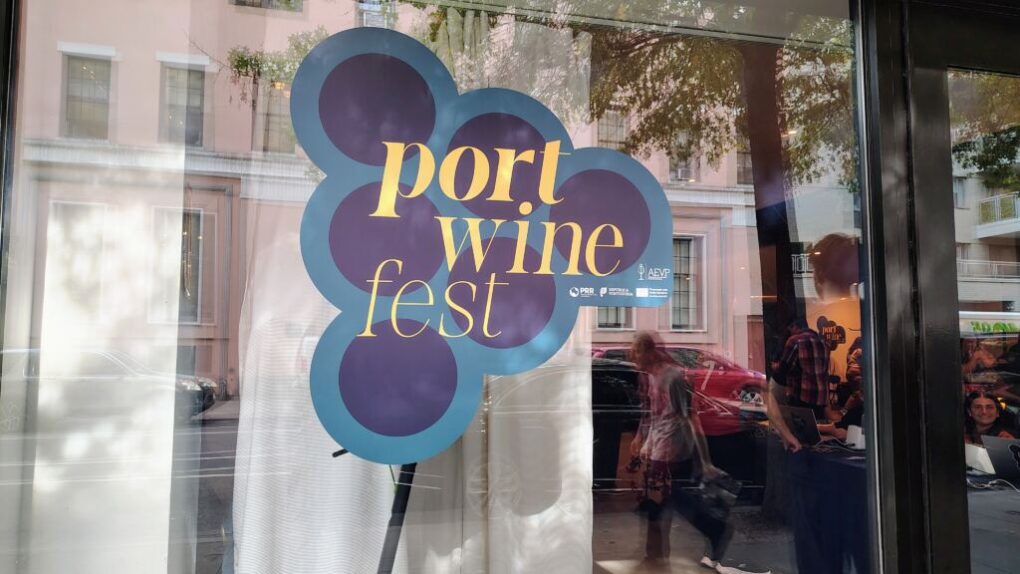
Port Wine Fest, a celebration of Portuguese port and other wines and cuisine held at Ideal Glass Studios in SoHo, and organized in cooperation with international food and beverage communications company Colangelo & Partners, offered attendees a delightful introduction to some of the best gastronomical offerings that Portugal has to offer. Portugal is a wine and food lover’s paradise, and other than a trip across the Atlantic Ocean, Port Wine Fest was the best way to experience Portugal’s vast range of wines and some of its signature dishes.
Chef Nuno Sousa of Leitao, specializing in homestyle Northern Portuguese cuisine in the West Village, served up tender grilled octopus, delicately flavored sauteed Black Tiger shrimp, savory spinach with creamy fava bean puree, perfectly roasted succulent baby pig (leitao), and freshly baked Portuguese-style custard tarts to pair with the sparkling, white, rose’, red, and port wines from the 45 Portuguese wine producers at the event.
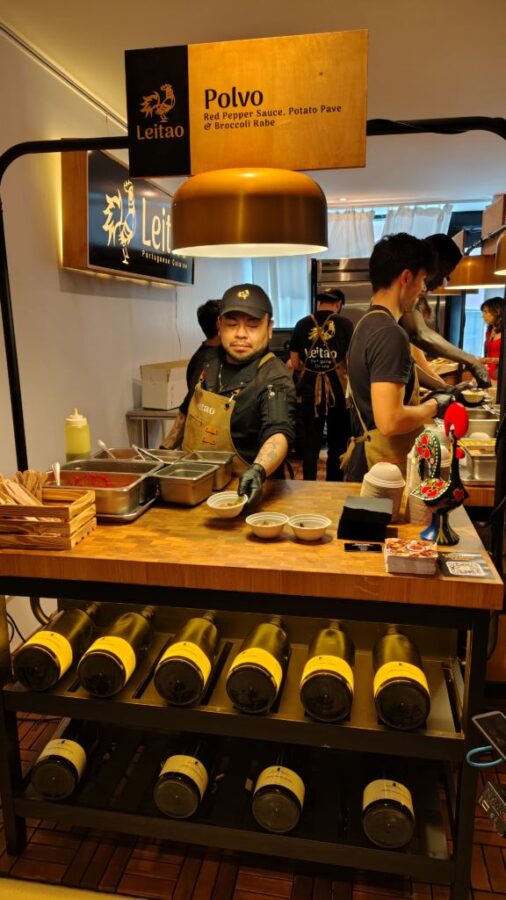

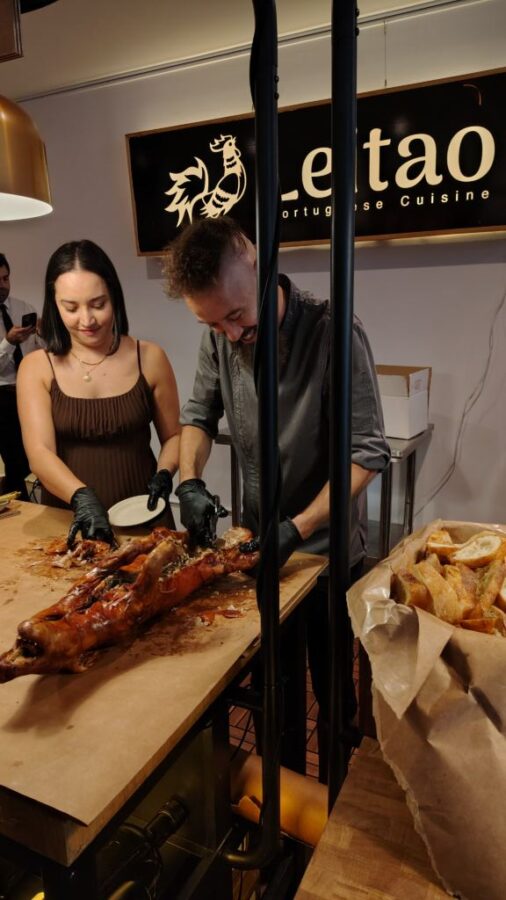
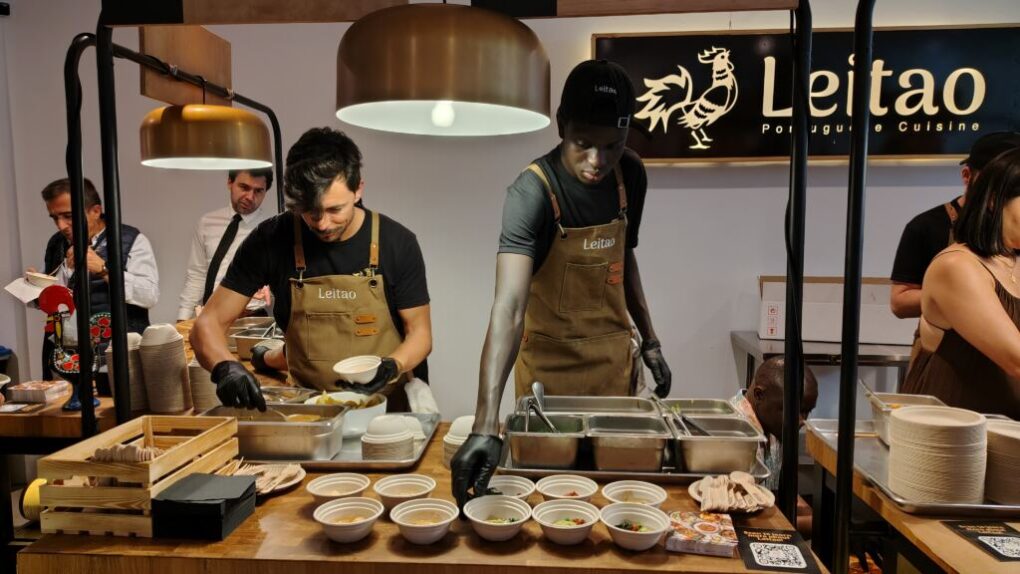
Portugal is internationally recognized for its plethora of native white and red grapes, and their finely crafted single-varietal and creative wine blends. Some of the country’s top wine producers were in attendance. Winemaker Alfonso de Sousa of Sidonio de Sousa located in the coastal wine producing region of Bairrada presented a pair of fresh and balanced, fruit-driven, traditional method brut nature sparkling wines. The white was a blend of the native grapes Bical, Maria Gomes, and Arinto, and the other was a rose’ crafted from the indigenous red varietal Baga.
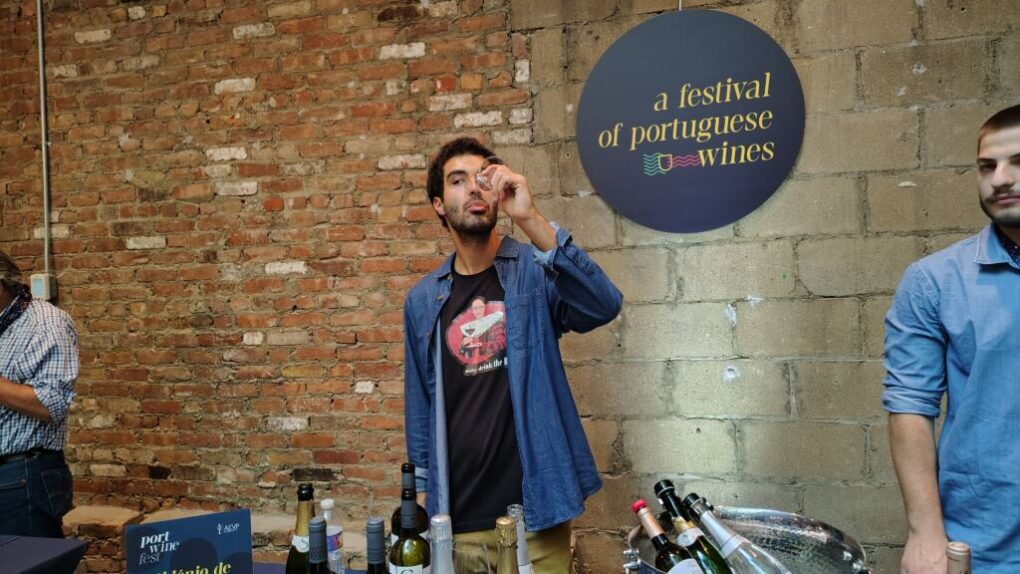
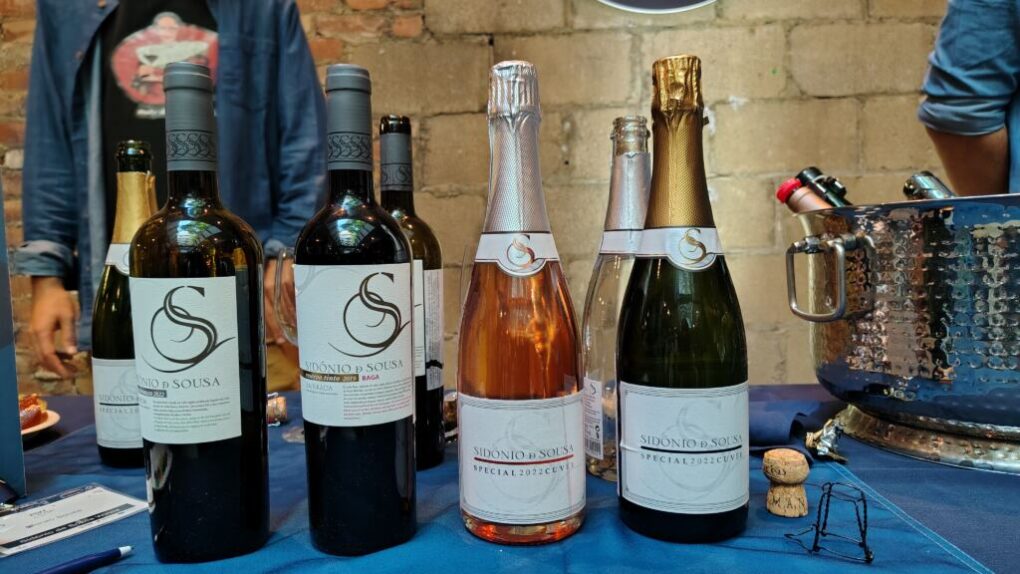
The Parras Wines group presented a fresh and aromatic white wine from the 600+ year-old winery Quinta do Gradil, and a rich and balanced red wine from the Alentejo-based Montaria.
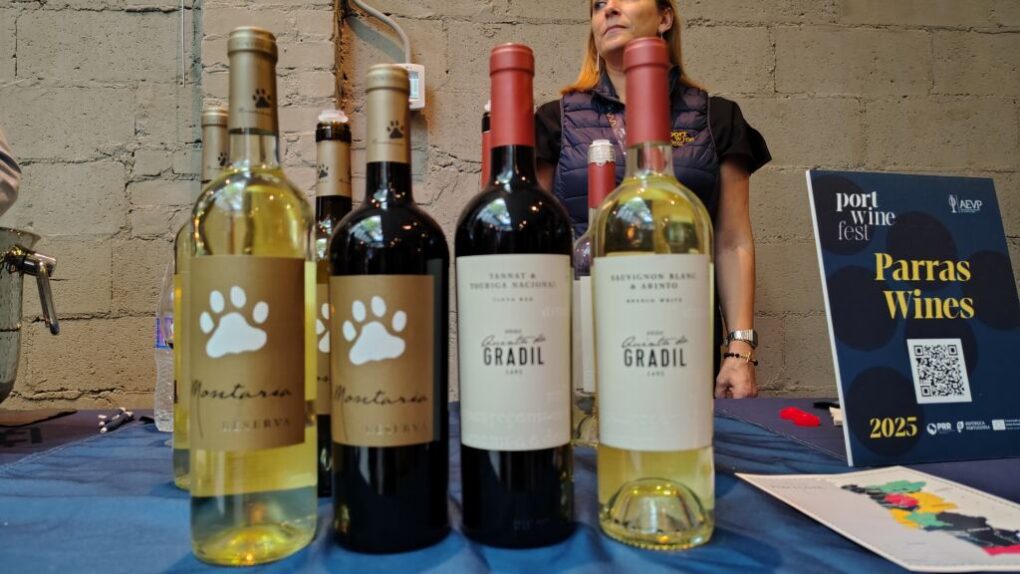
A bold and complex red from Pinheiro da Veiga located in the famed winemaking region of Douro, was another of the many noteworthy wines featured at Port Wine Fest.
Portugal’s eclectic range of wines shined at the event but if there is any one particular style of wine for which Portugal has gained international acclaim, it is port.
Port is a fortified, usually sweet wine made in the Northern Portuguese winemaking territory of Douro. It has a higher alcohol content (19%-22% ABV), and a residual sugar level of between 40 and 150+ grams per liter. The addition of brandy during the fermentation process stops the yeasts from converting the sugar in the grapes to alcohol. The presence of brandy gives port its higher alcohol and residual sugar content.
It is said that “necessity is the mother of invention,” and so port was “accidentally” invented in the 17th century when the British began adding brandy as a preservative to Portuguese wine to ensure it would remain fresh throughout the lengthy journey from Portugal to England. The British had started importing wine from the Portuguese after Anglo-French trade relations soured and the British stopped buying wine from the French.
Port can be white or red and ranges from dry to very sweet. Younger ports tend to be fruitier, while aged ports can also exhibit notes of herbs, spices, and nuts.
White port – aged for 2-3 years in large oak casks
There are several types of red port including:
Ruby – aged 2-3 years in large oak casks
Tawny – aged for 6+ years in oak barrels then in bottle anywhere between 10-40+ years
Vintage – made only from the best harvests and aged for 2 years in oak barrels then in bottle for many years
There were a number of beautifully crafted, delicately sweet ports at Port Fest including those from Quinta da Boeira (one dates back to 1917!), and the venerable Kopke, established in 1638.
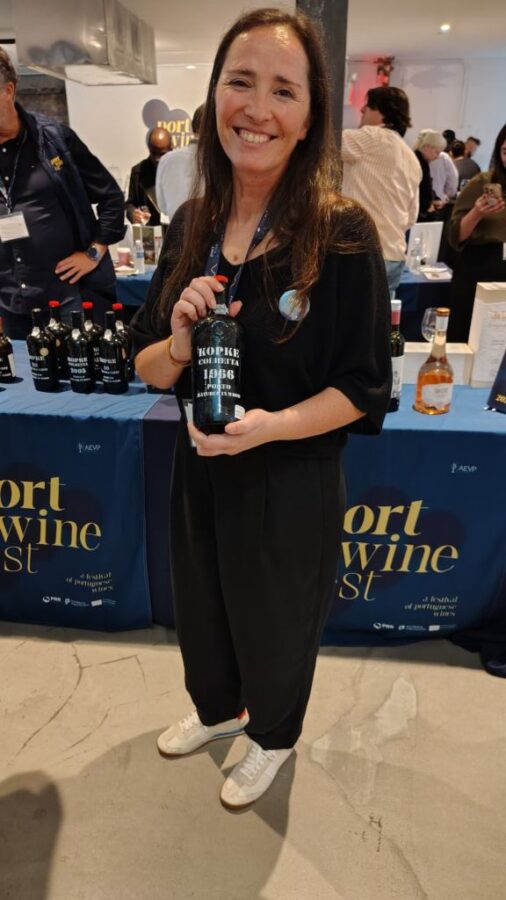
All the wines were poured in ultra-lightweight and elegant Glasvin stemware. Glasvin is a New York based innovator in locally sourced, artisan-crafted glass wine ware that is almost impossibly thin and delicate, but still dishwasher safe. Port Wine Fest featured the “Universal” Glasvin model designed for use with virtually all styles of wine, but there’s also the “Aromatic,” created to emphasize and preserve the aromas of wines like white and red Burgundy, and the “Expression,” designed to facilitate the evolution of complex and multilayered wines such as Bordeaux. Glasvin recently debuted a more “accessible” and very durable but still elegant GV line of glassware created for everyday use. This expanded line includes everything from the “Coupe” for Champagne and cocktails, to the “Tumbler” for every beverage imaginable.
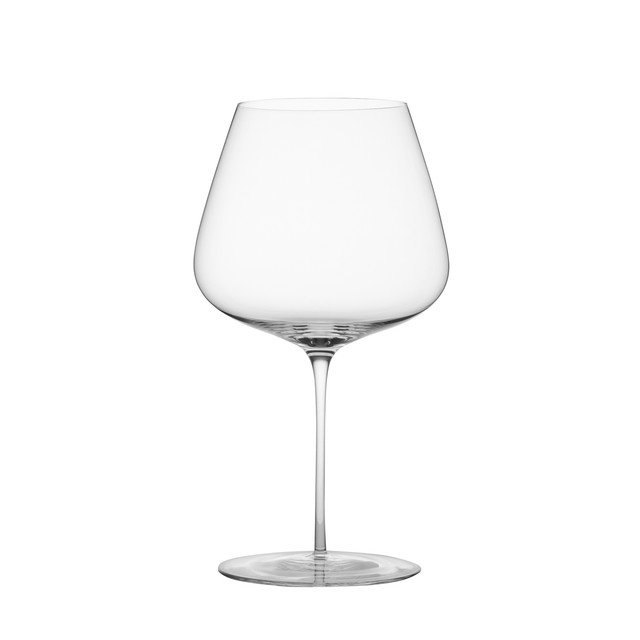
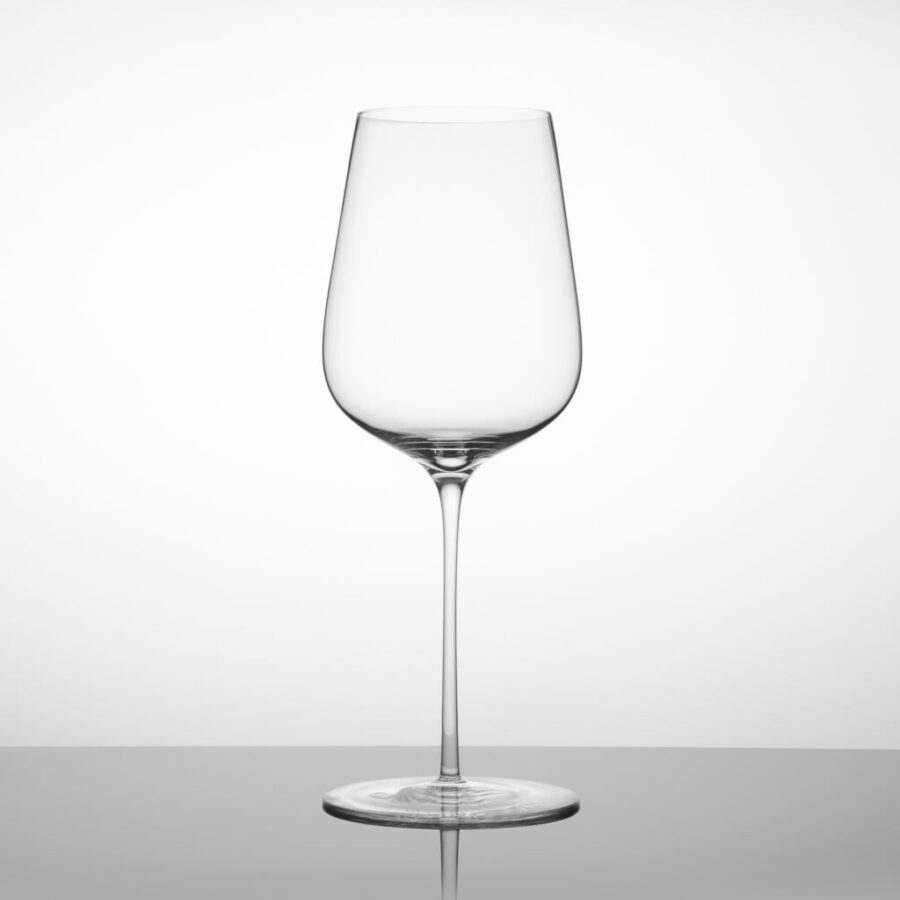

Be First to Comment